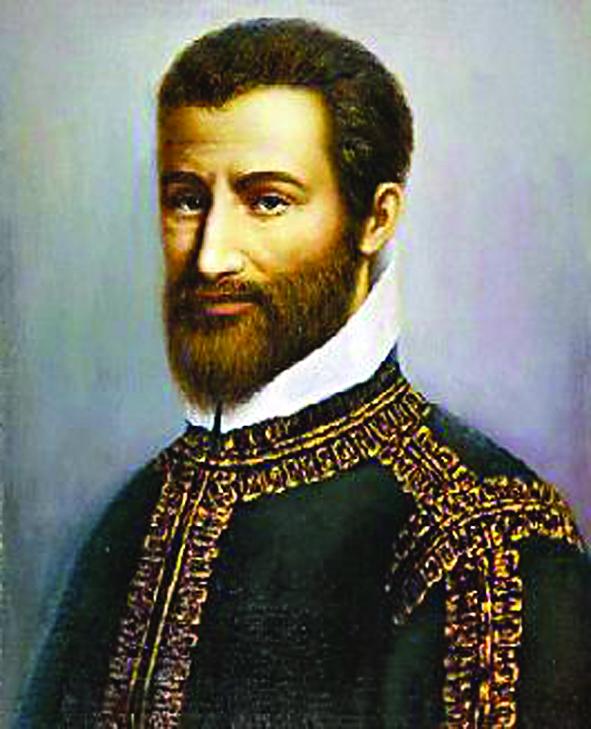
Cardinal Antonio Cañizares Llovera (Galazka photo)
An interview with the prefect of the Congregation for Divine Worship and the Discipline of the Sacraments, Cardinal Antonio Cañizares Llovera
Your Eminence, on November 3 you celebrated Holy Mass in St. Peter’s Basilica for 2,000 believers from around the world, using John XXIII’s 1962 Missal. Why?
Card. Antonio Cañizares Llovera: That was no novelty; I had celebrated the Eucharist in the extraordinary form of the Roman Rite before November 3.
Five years ago, in 2007, Benedict XVI released his motu proprio Summorum Pontificum allowing the use of the pre-conciliar liturgy as an extraordinary form of the Roman Rite. The Pope’s document has not always been understood correctly, hence the need for the instruction Universae Ecclesiae of May 2011. What about the implementation of the Pope’s motu proprio?
Cañizares Llovera: I think that nowadays, thank God, the Pope’s motu proprio Summorum Pontificum is generally accepted in many countries as is, in consequence, the celebration of the Eucharist in the extraordinary form of the Roman Rite.
What would you like to say to those bishops who are opposed to authorizing the extraordinary form of the Roman Rite?
Cañizares Llovera: I ask them in all simplicity to put into effect what the Holy Father says in his motu proprio and in the ensuing Letter to Bishops, where he teaches very important things about the liturgy, which is much more than outward appearance.
Can the introduction of the pre-conciliar liturgy in parishes and dioceses involve any risk?
Cañizares Llovera: There should be no risks at the beginning, if the Pope’s teachings are closely followed. Risk may come from those who, misunderstanding the Holy Father’s teaching, proselytize for the extraordinary form of the Roman Rite, as though it were the only really valid one. Those who follow this form rightfully must be reminded of the teaching of Vatican Council II in Sacrosanctum Concilium, i.e., the need to deepen liturgical renewal in the spirit of the Council.

Cardinal Antonio Cañizares Llovera celebrates the “old Mass” in St. Peter’s Basilica according to John XXIII’s 1962 Missal on November 3 (Włodzimierz Redzioch photo)
This spring, Benedict XVI wrote a letter to the German bishops about the formula for the consecration of the wine. Following the liturgical reform introduced by Vatican II and the translation of liturgical texts into national languages, Jesus’ words in the Last Supper concerning His blood, which would be shed pro multis (“for many”), were translated into German as “für alle” (“for all”). The Pope made it clear that “alle” was to be changed to “viele” (“many”). Did Jesus intend His blood to be shed for many, but not for everyone?
Cañizares Llovera: I am referring to the Pope’s words which are very clear about this. The phrase for many does not imply the negation of God’s universal salvific will or the universal validity of redemption.
Your Eminence, you participated in the Bishops’ Synod in October. In your capacity as prefect of the Congregation for Divine Worship and the Discipline of the Sacraments, what do you think of the Synod’s decisions about the new evangelization?
Cañizares Llovera: There will be no new evangelization without liturgy. In order to pursue the urgent task of evangelizing the world, we need to deepen liturgical renewal in the spirit of Vatican Council II. The liturgy includes God’s priority, God’s initiative, the actualizing presence of God’s salvation; the liturgy is Heaven’s door which opens onto the world, the present reality of Jesus Christ’s paschal mystery. There is no evangelization without liturgy.
The Synod dealt with the question of divorced and separated Catholics. What is the situation of these Catholics as far as the sacraments are concerned?
Cañizares Llovera: These people are part of the Church, but they are not in full communion with it, because the Church requires Eucharistic communion. The Church is close to the divorced and should show more proximity to them with its help and reception. But it cannot contradict the meaning of Eucharistic communion. Instead, we must remind the faithful of the value of spiritual community for them.
Benedict XVI has recently spoken about the key role of music in the liturgy. What does the Congregation do to promote good sacred music?
Cañizares Llovera: Our Congregation has recently set up a new office for liturgical architecture and music. Let us hope that this new office will provide guidelines and impetus for the renewal of sacred music. It is a very urgent task.
What is the meaning of the appointment of American-born Olivetan Abbot Michael John Zielinski as head of the new office for liturgical architecture and music?
Cañizares Llovera: He is definitely the right person for this mission.




Facebook Comments